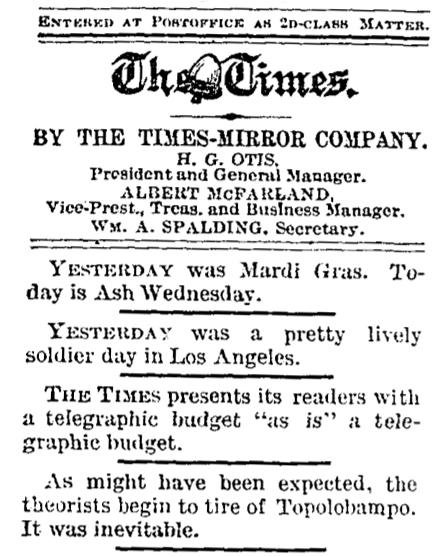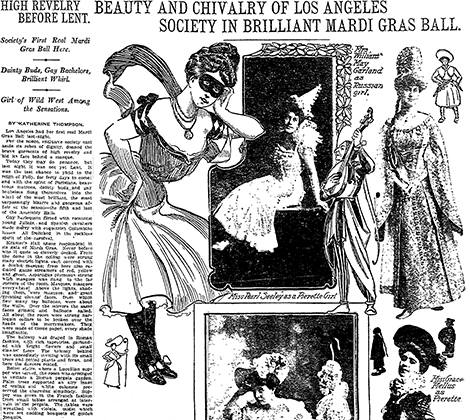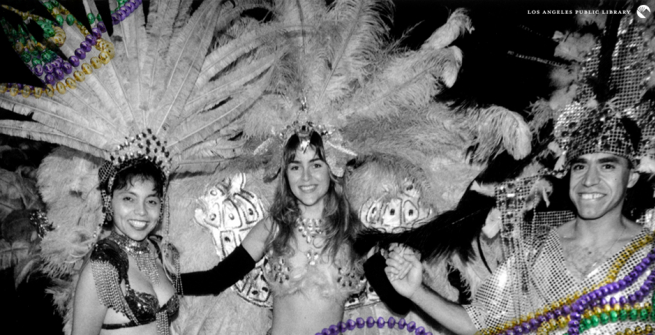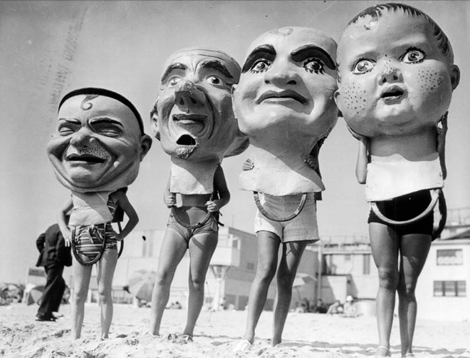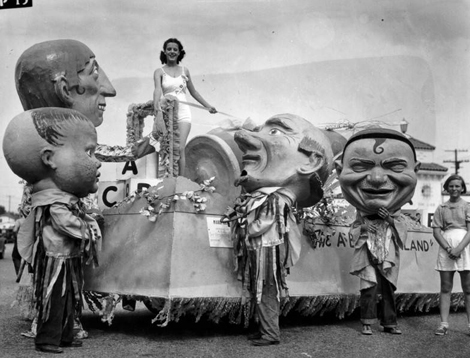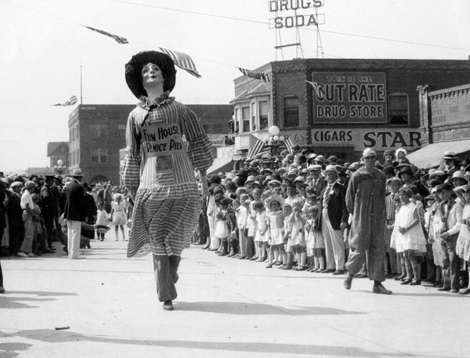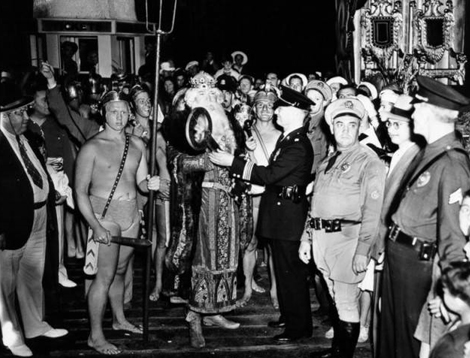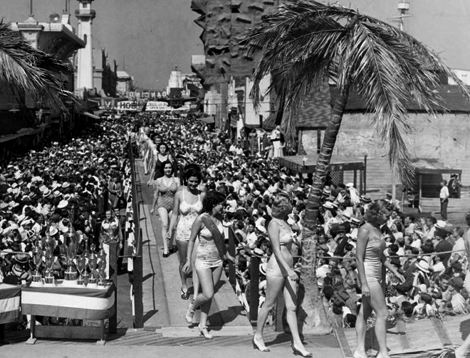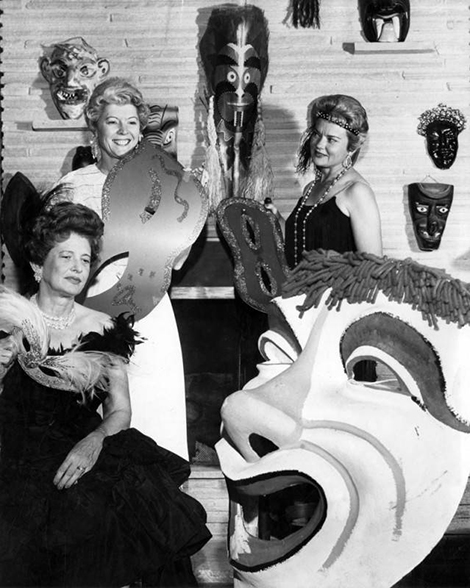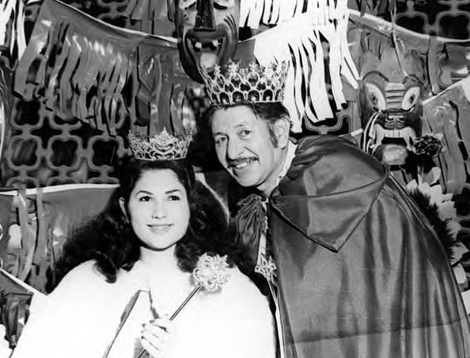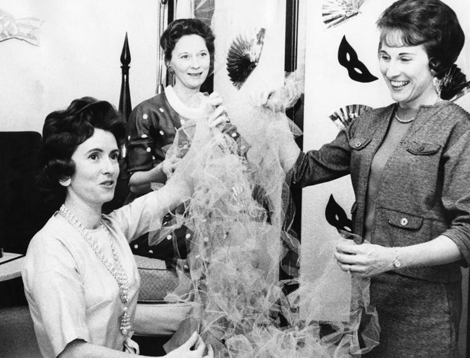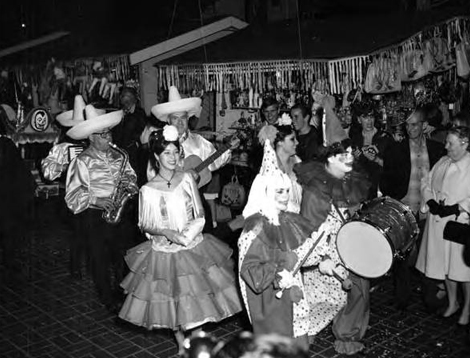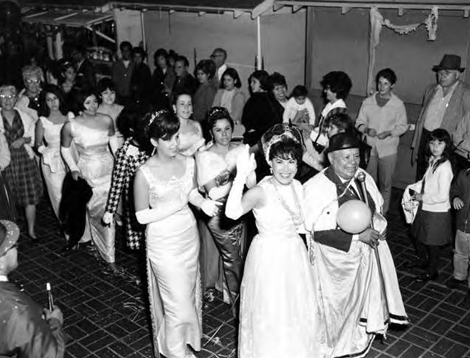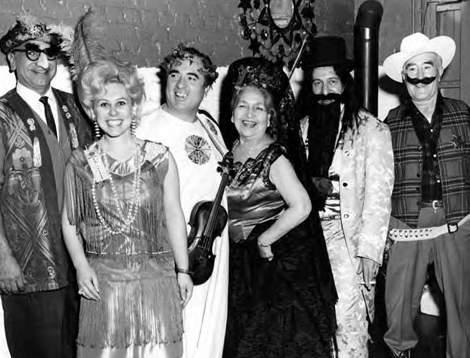I must confess I didn't really know that much about the history of Mardi Gras, but with a little bit of librarian research, I found out some interesting facts. Mardi Gras—which means Fat Tuesday in French—refers to the Carnival celebration which begins with the Christian feasts of the Epiphany (Three Kings Day) and culminates on the day before Ash Wednesday; the start of the Lenten period. So basically party like a rock star, and eat like Henry the 8th before giving it all up for the next 40 days.
The parades and parties of New Orleans (the other LA), got their start in Mobile, Alabama circa 1699. When the French-Canadian explorer Pierre Le Moyne d’Iberville set up camp about 60 miles downriver from the future site of New Orleans and knowing it was Mardi Gras back in France, d'Iberville named the spot Point du Mardi Gras and held a small party. It wasn't until around 1857 that the celebrations started to look like they do today. My favorite fact is the story of the secret societies that grew around the planning of the day (and night). It all started with a group of New Orleans businessmen who called themselves the Mistick Krewe of Comus. They organized a torch-lit Mardi Gras procession complete with marching bands and rolling floats. From there, many other "Krewes" and societies popped up with names like the Krewe of Rex, the Knights of Momus, Krewe of Proteus, Les Mysterieuses and even Krewe of Chewbacchus. There are over 70 Krewes to date. Another fun fact is about the beads and their traditional colors. According to legend, when Russian Grand Duke Alexis visited in 1872, his courtiers handed out purple, green, and gold beads to the party-goers that year, as they were the colors of his home. The trio of shades came to symbolize the festivities and was later assigned meanings: purple for justice, gold for power, and green for faith. Also, every year, one lucky mucky muck is crowned King of the Carnival by the Krewe of Rex. Another tradition is the King Cake, which is only available only during the Mardi Gras season. The cake is traditionally braided and laced with cinnamon, the dough is glazed with purple, green and gold sugar or covered in icing in those same Mardi Gras colors. The King cake also comes with a tiny plastic baby cooked inside. Whoever finds the baby must buy the next cake or get roped into hosting the next party.
Mardi Gras celebrations are held around the world, though New Orleans, LA tends to be the most extravagant. Our own L.A. has been hosting Mardi Gras celebrations for a while as well. Photos in our collection dating back to the 1930s depict the fun and lively carnivals. There is evidence in our newspapers that Mardi Gras was happening here as early as 1887, and L.A.s first ball was held in 1907.
So as they say in LA (the other one), laissez les bon temps rouler!
